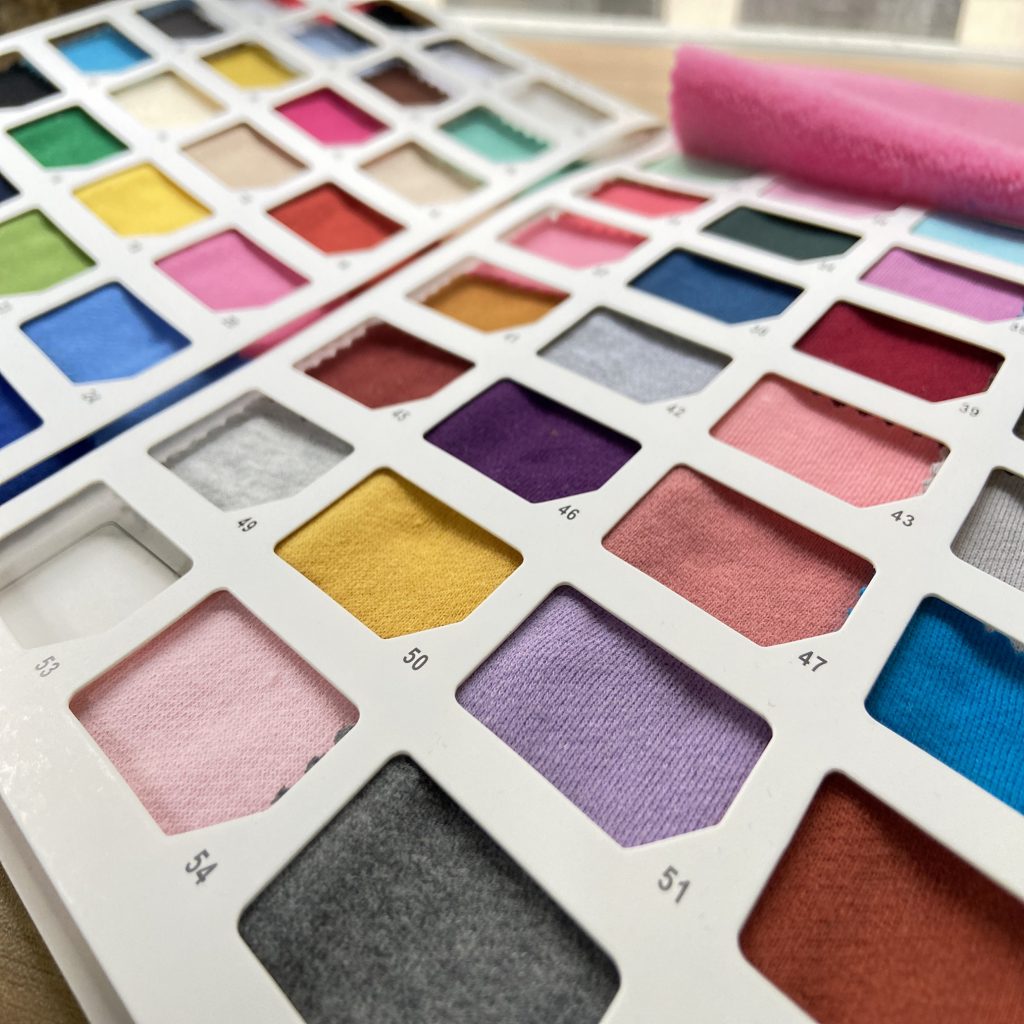Selecting the Best Fabric for Your Custom Apparel Design
Photo: Pexels
blo01022023-02
Choosing The Best Fabric For Your Fashion Line Depends On Various Factors, Including The Desired Look And Feel Of Your Clothing, The Season, And Your Target Market. Here Are Some Key Factors To Consider When Selecting Fabrics For Your Fashion Line:

Photo: Pexels

Photo: Pexels

Photo: Pexels

Photo: Pexels
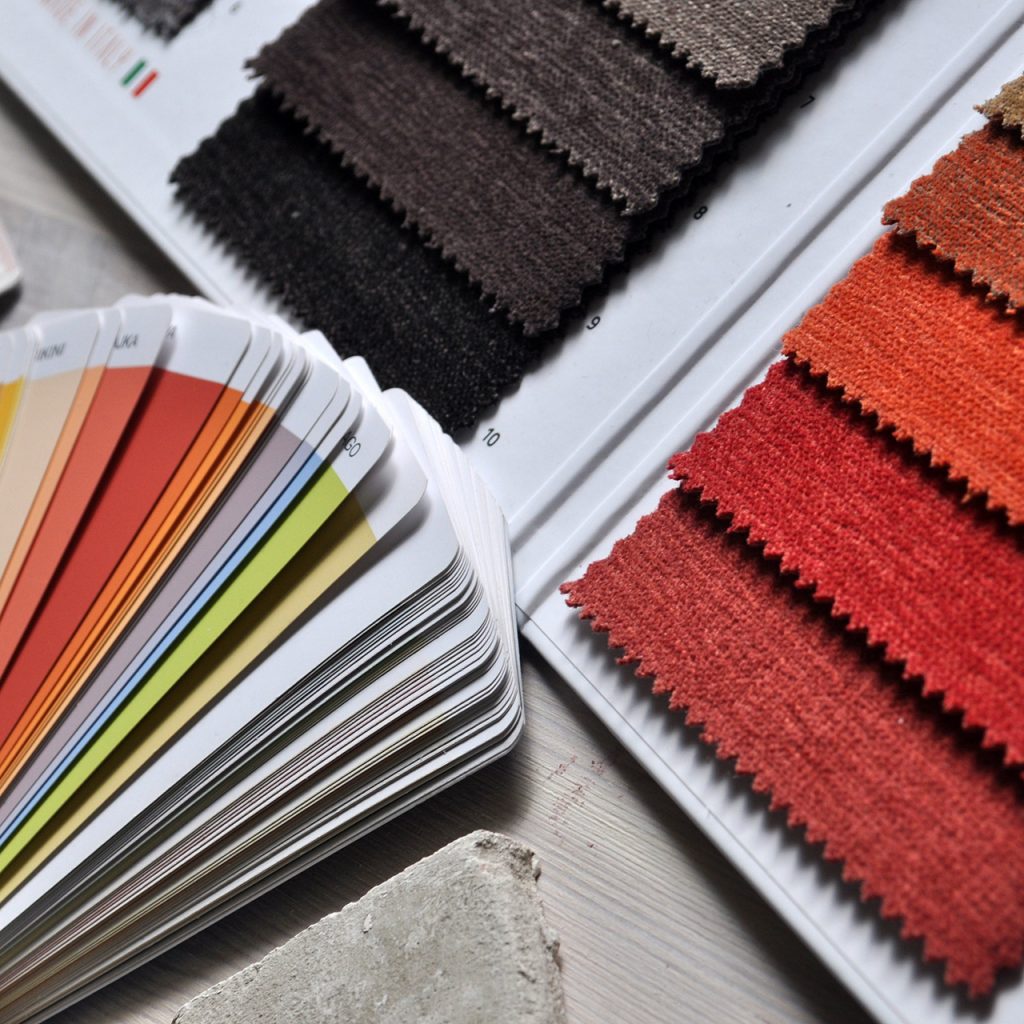
Photo: Pexels
1.Consider the design and style of your clothing:
The fabric you choose should complement the design and style of your clothing. For example, if you are designing a flowy dress, you may want to consider using lightweight and breathable fabrics like cotton, silk, or chiffon.
2.Think about the season:
The fabric you choose should be appropriate for the season in which your clothing will be worn. For example, if you are designing a winter coat, you may want to consider using wool or a wool blend fabric, which is warm and durable.
3.Consider the cost:
The cost of the fabric you choose will impact the overall cost of your clothing line. Be sure to choose a fabric that fits your budget while meeting the quality and aesthetic standards you have set for your brand.
4.Think about durability:
The fabric you choose should be durable enough to withstand multiple wears and washes. You want to choose a fabric that will not easily tear, fade, or pill.
5.Consider sustainability:
Sustainable fabrics are becoming more popular in the fashion industry. When choosing fabrics, consider using eco-friendly options like organic cotton, bamboo, or recycled polyester.
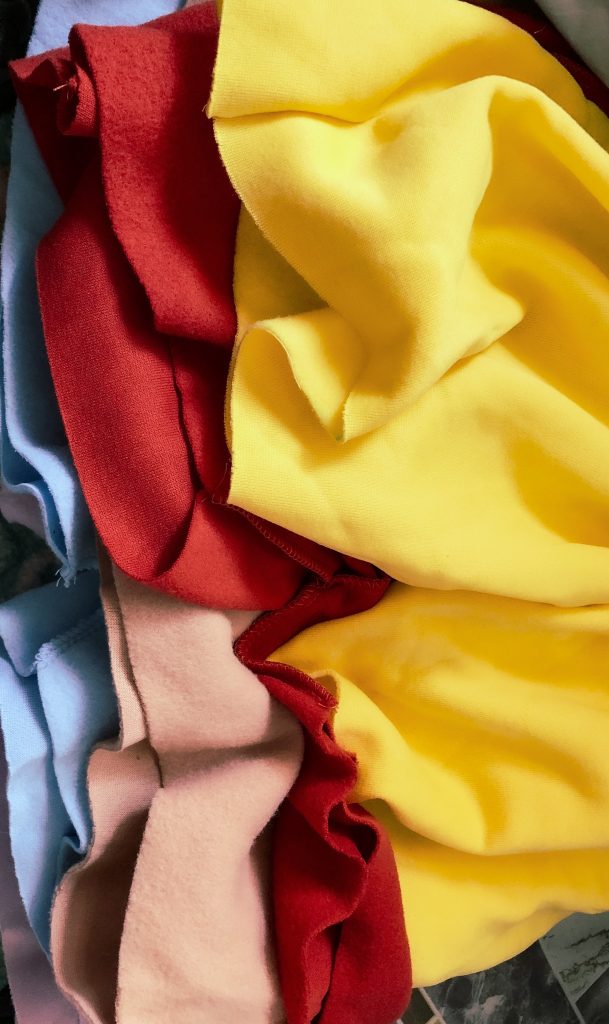
Photo: Pexels
Overall, the fabric you choose will play a significant role in the overall success of your fashion line. It is important to choose a fabric that meets the aesthetic and quality standards you have set for your brand while also considering practical factors like cost, durability, and sustainability.
Ask your manufacturer about their stock fabrics – using fabrics that are readily available can save you cost and time.
Checking with your manufacturer about their stock fabrics can be a smart move, as using fabrics that are readily available can help you save both time and cost. Manufacturers often have a variety of stock fabrics that they regularly use, which can include popular fabrics like cotton, polyester, and rayon, among others.
By using these fabrics, you may be able to save on the cost of sourcing and ordering custom fabrics, which can be more expensive and time-consuming. Additionally, using stock fabrics can help speed up the production process since these fabrics are readily available, reducing lead times and ensuring that your clothing line can be produced and delivered in a timely manner.
Be sure to discuss your fabric preferences and requirements with your manufacturer to determine which stock fabrics are a good fit for your fashion line.
Keep in mind 3 viewpoints –
The consumer’s
point of view
The manufacturer’s
point of view
The fabric manufacturer’s
point of view
All 3 are important can helping you make a decision about which fabric to use and how it will affect your bottom line in the long run.

Photo: Pexels
From the consumer’s point of view,
you want to choose fabrics that will appeal to your target market and meet their needs and preferences. This includes considering factors like comfort, durability, and style.
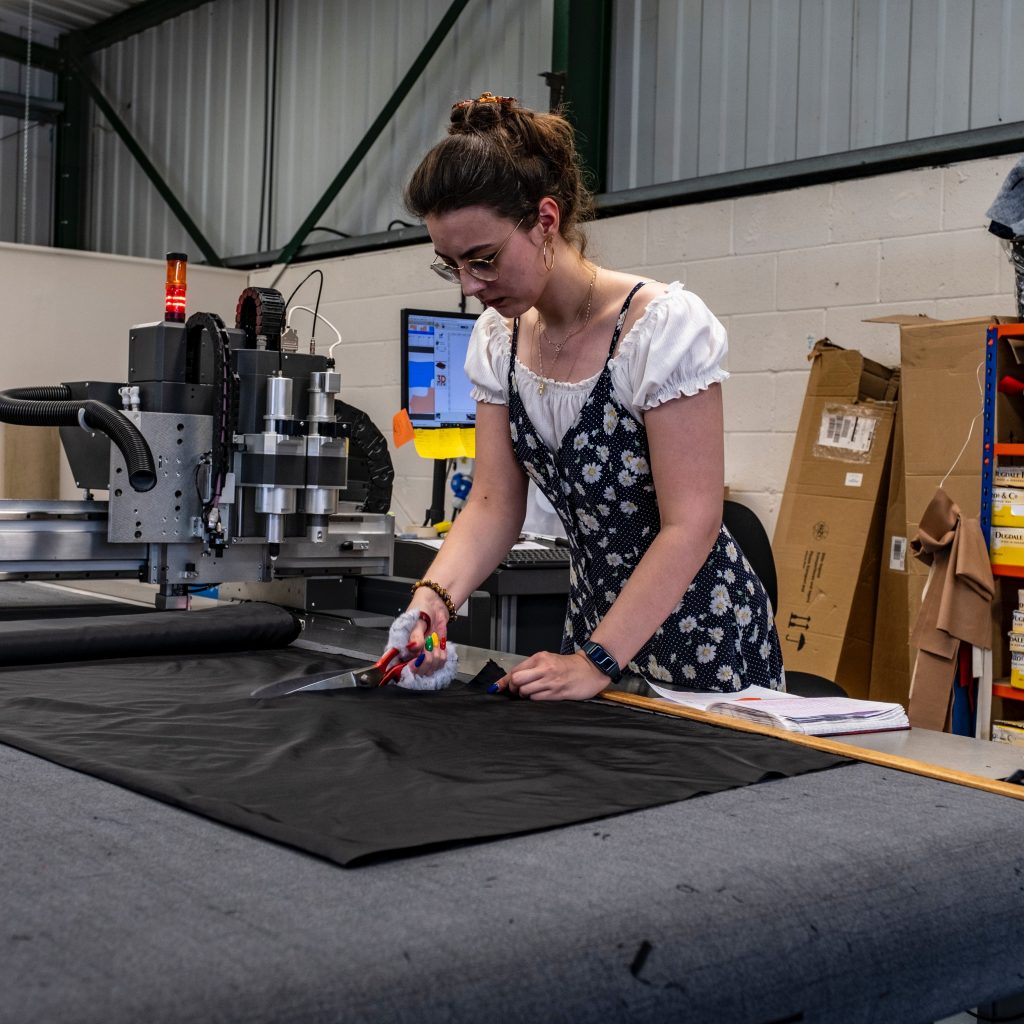
Photo: Pexels
From the manufacturer’s point of view
you want to choose fabrics that can be easily sourced and manufactured within your production budget and timeline. This includes considering factors like the availability and cost of the fabric, as well as how easy it is to work with during the manufacturing process.
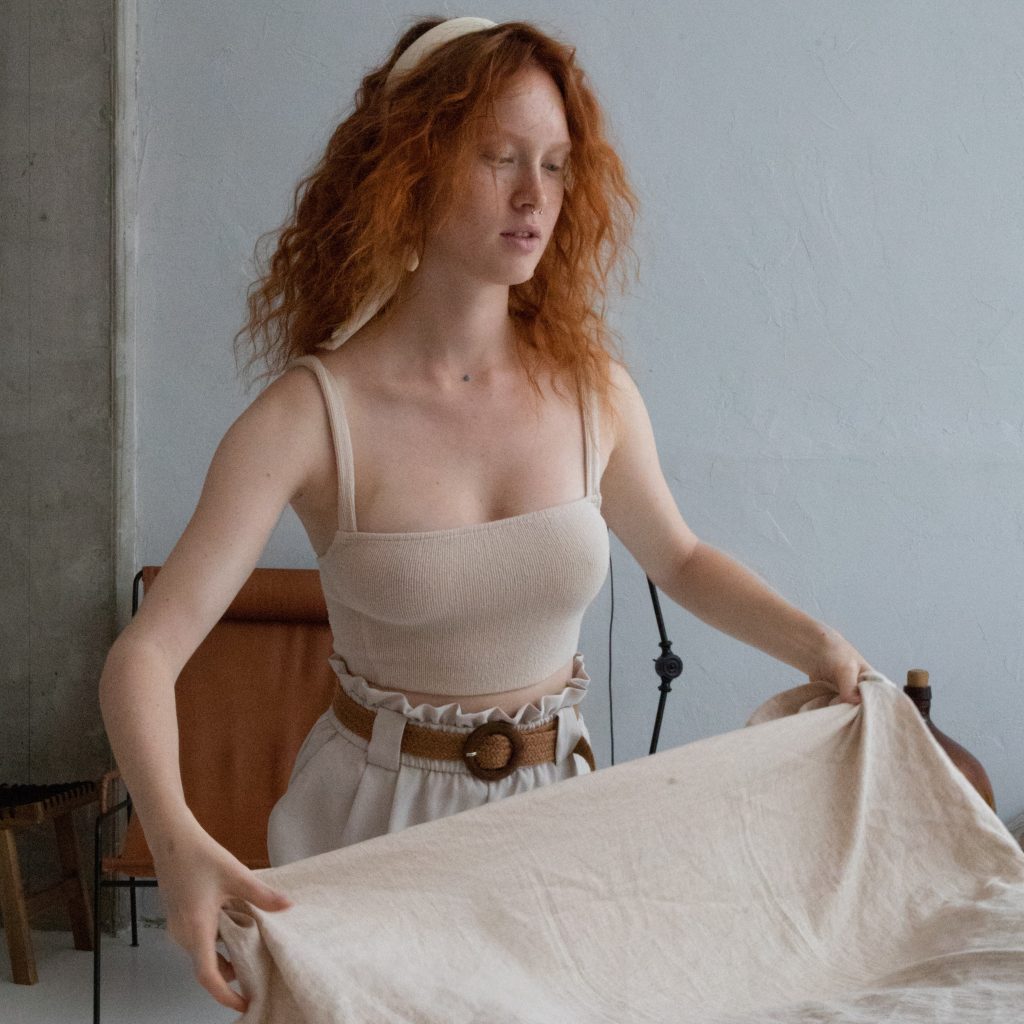
Photo: Pexels
From the fabric manufacturer’s point of view,
they want to create fabrics that meet the needs of their customers while also being cost-effective and efficient to produce. This includes considering factors like the availability of raw materials, the manufacturing process, and the environmental impact of the fabric.
By taking all three viewpoints into account, you can make informed decisions about which fabrics to use in your fashion line that meet the needs of both your customers and your business. This can help you create a successful clothing line that appeals to your target market and meets your production and cost requirements.
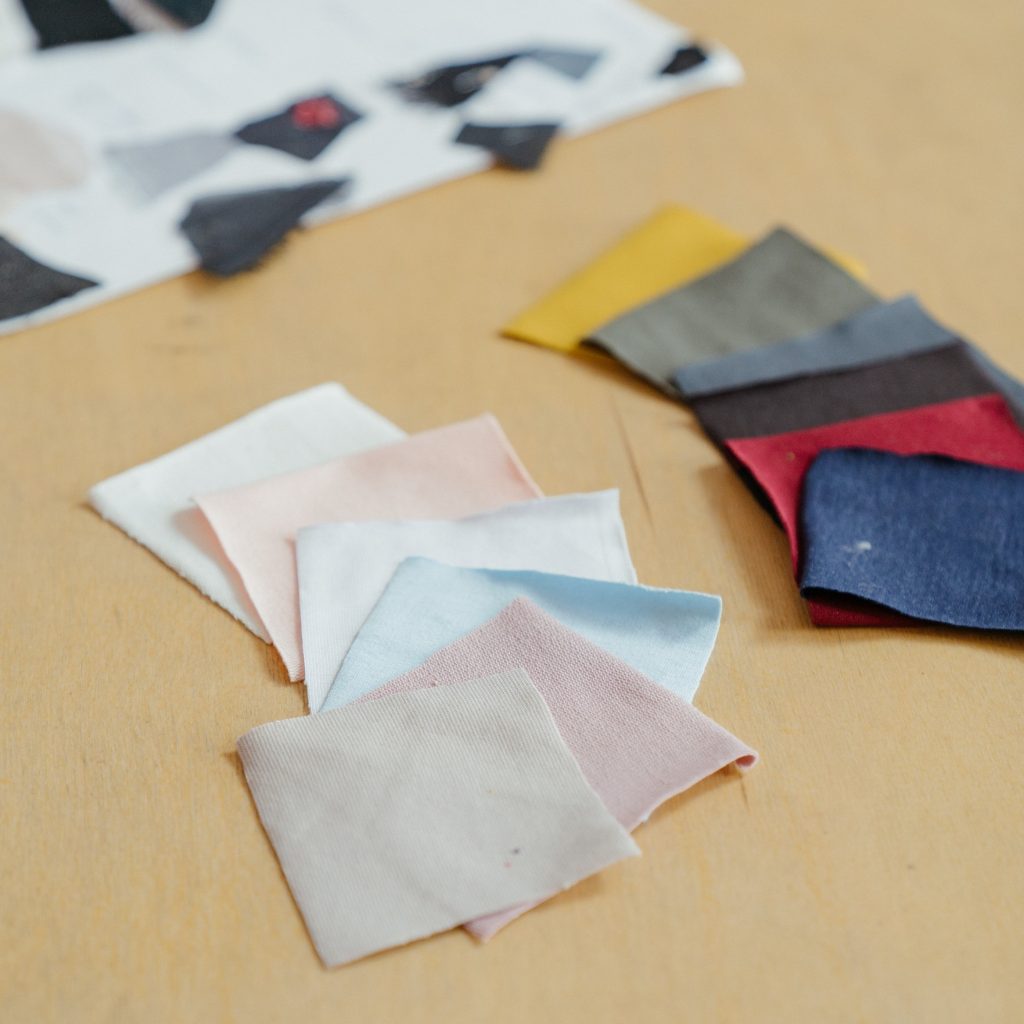
Photo: Pexels

Photo: Pexels
Know your fabrics – this might sound like a given, but with so many existing and upcoming fabrics out there, its easy to miss out on some that might just be what you’re looking for.
To begin with, it’s essential to research the basic fabric categories, such as natural fibers (cotton, wool, silk, linen), synthetic fibers (polyester, nylon, spandex), and blends (a combination of natural and synthetic fibers). Each fabric type has its unique features, including strength, breathability, durability, texture, and drape.
Moreover, keep an eye on new and emerging fabric trends in the market. For instance, sustainable and eco-friendly fabrics like bamboo, Tencel, and organic cotton are gaining popularity in the fashion industry.
By being knowledgeable about fabrics and staying up-to-date with the latest trends, you’ll be able to make informed decisions and choose the best fabric for your fashion line. This will help you create garments that not only look good but also meet the functional requirements of your customers.

